20 interesting images from the railways in the Portsmouth area
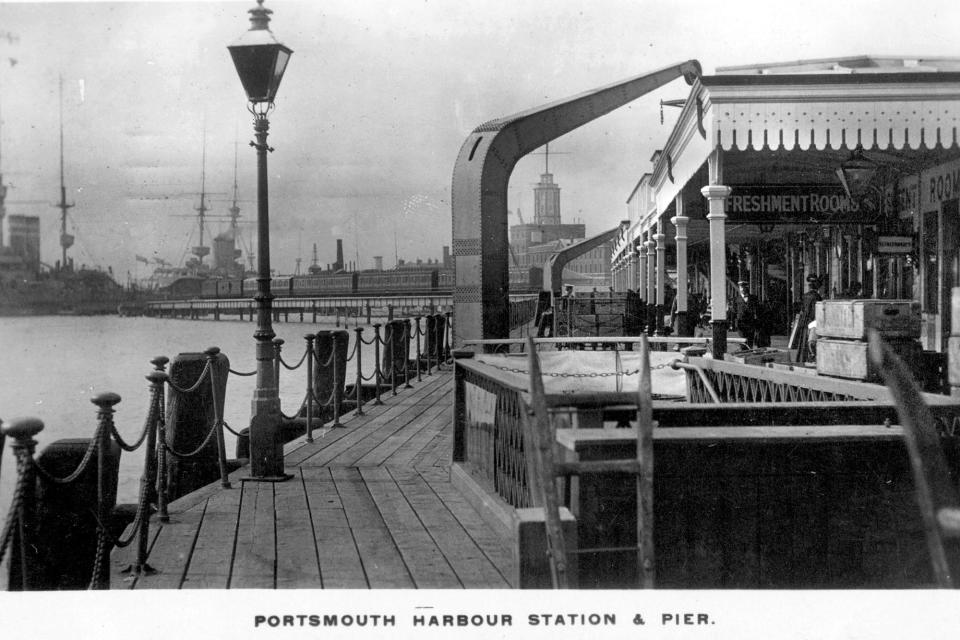
The concourse of Portsmouth and Southsea railway station in 1909 Picture: Paul Costen collection
In this selection of old pictures you will see local children that were evacuated from the city to the countryside on the 28th June 1940, an interesting view looking north from Cosham Railway Station towards the Military Hospital and Fort Widley, the royal train departing from the dockyard railway jetty in December 1910.
This rail link was established from Portsmouth Harbour station in 1879 and a beautiful detailed image of the concourse of Portsmouth and Southsea railway station back in 1909. Some of these railway station areas still survive today, perhaps you will notice next time you travel by train.
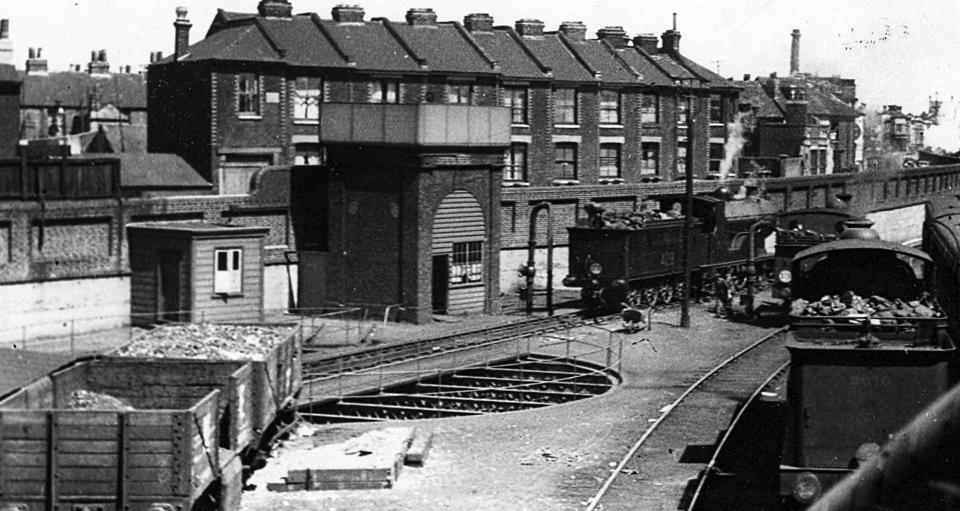

Water tower and turntable at Portsmouth and Southsea RailwayAnother feature of the railway line into Portsmouth now long gone was the engine turntable. In Portsmouth there were at one time three of these. One outside the Harbour station on the up side, this one outside the low level Town station and the other in the roundhouse at Fratton depot.This view was taken from Jacob's ladder footbridge and to the rear can be seen houses in Canal Walk. Later the new signal box was built on the site and even this is now redundant as the new signalling centre at Havant as since been commissioned. (Photo: The News archive)
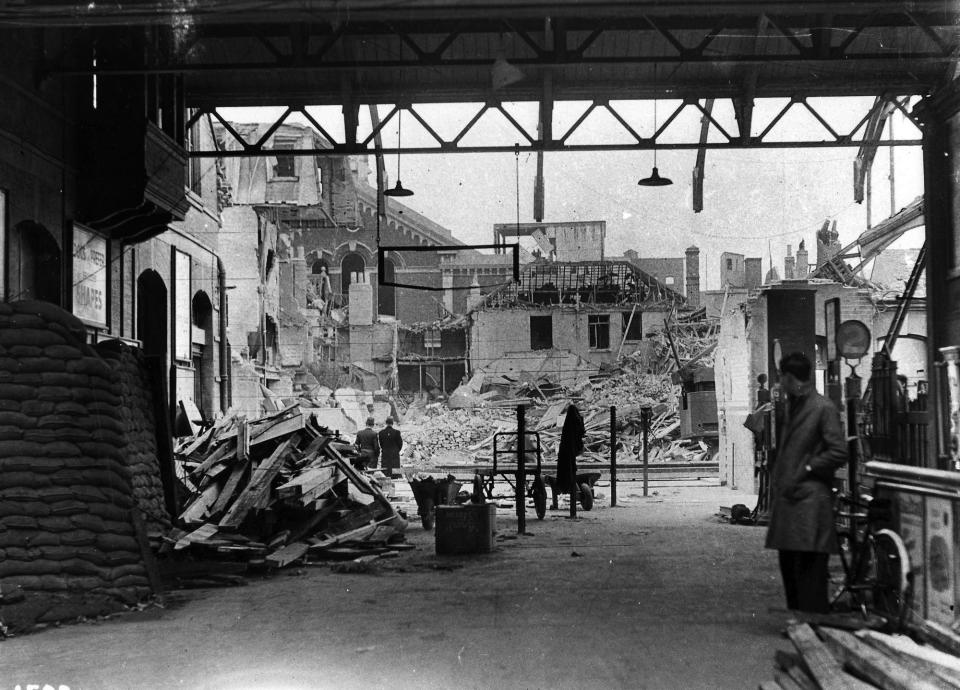

Although bombs caused destruction all around it, Portsmouth and Southsea railway station suffered comparatively little damage, apart from broken glass. this picture was taken in the station looking out to Station Street (Photo: The News archive)
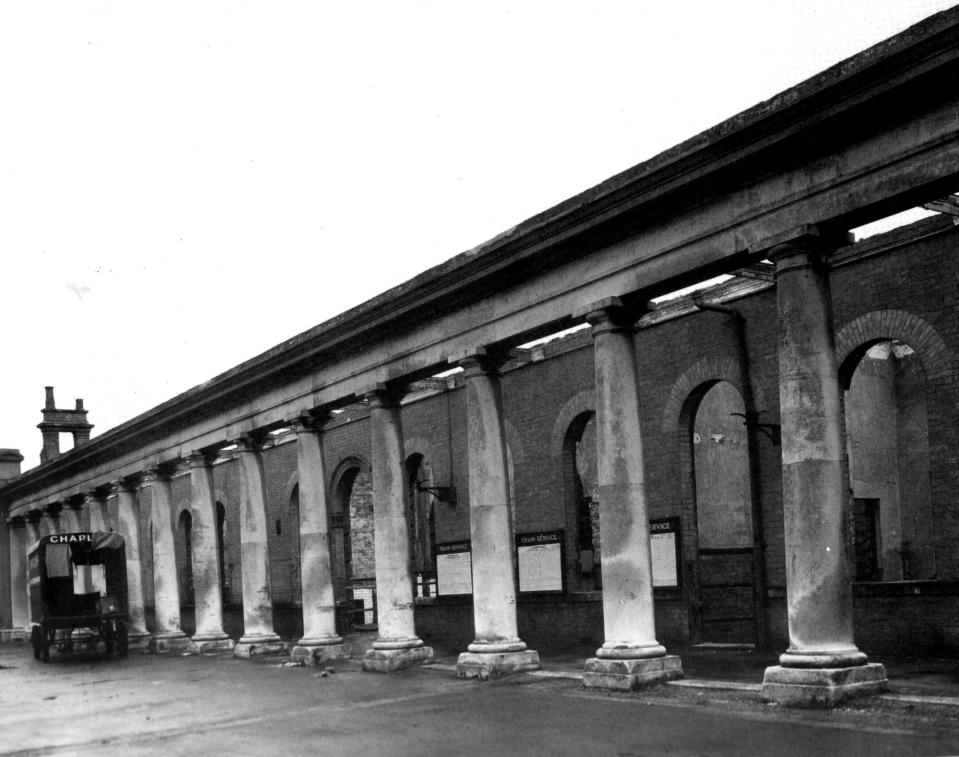

Gosport Railway Station, 1941 (Photo: The News archive)
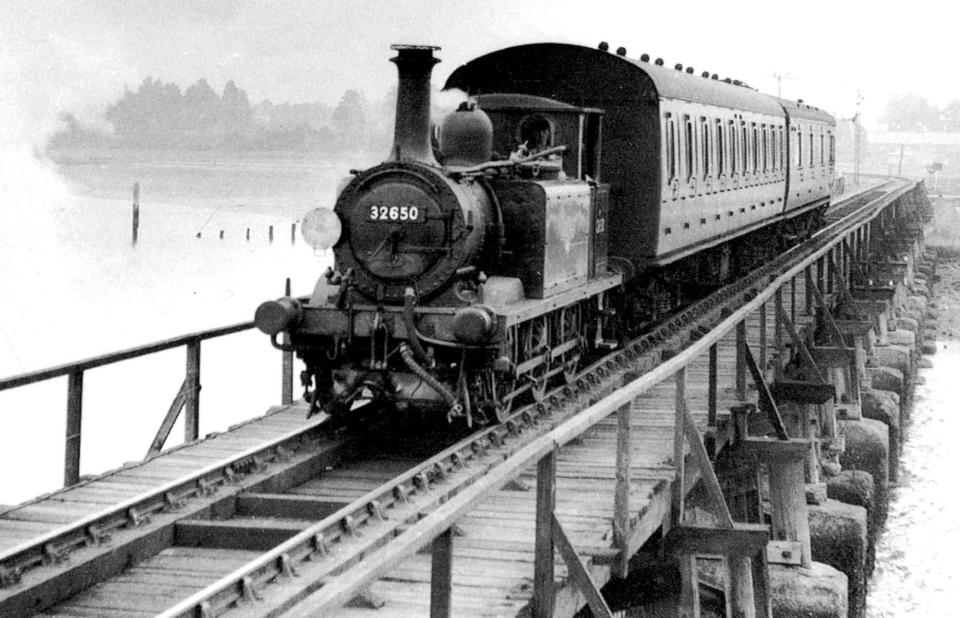

Sent in by David Taylor of Bedhampton, we see the train heading south over Langstone Bridge. It was said at the time that the state of the wooden bridge was the reason the line was closed on 4 November 1963. (Photo: The News archive)
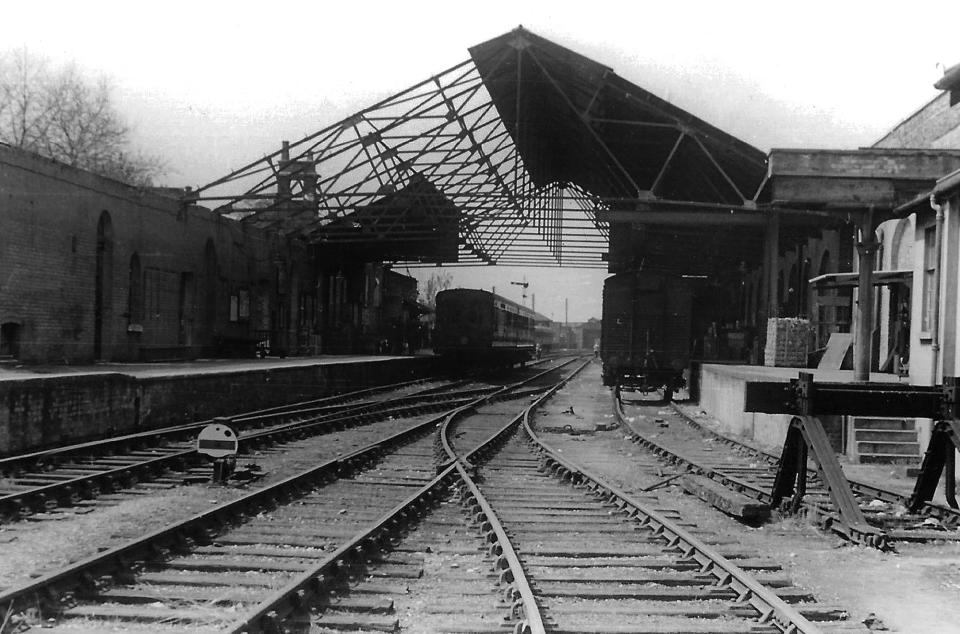

Gosport railway station undated. Picture: Barry Cox collection.
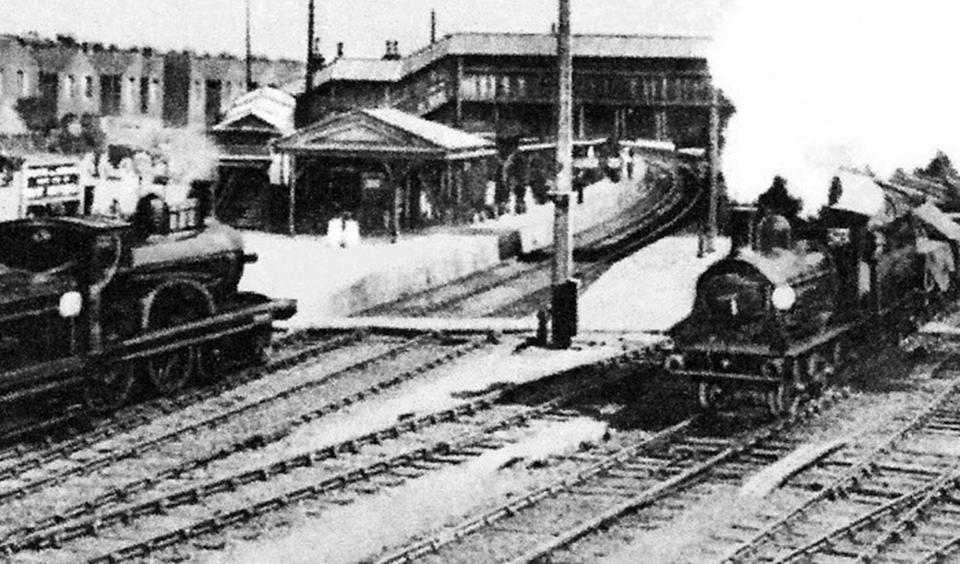

Fratton Railway Station in Edwardian times where visitors could board a train to travel the East Southsea branch to the Strand. It cost one penny each way. (Photo: The News archive)
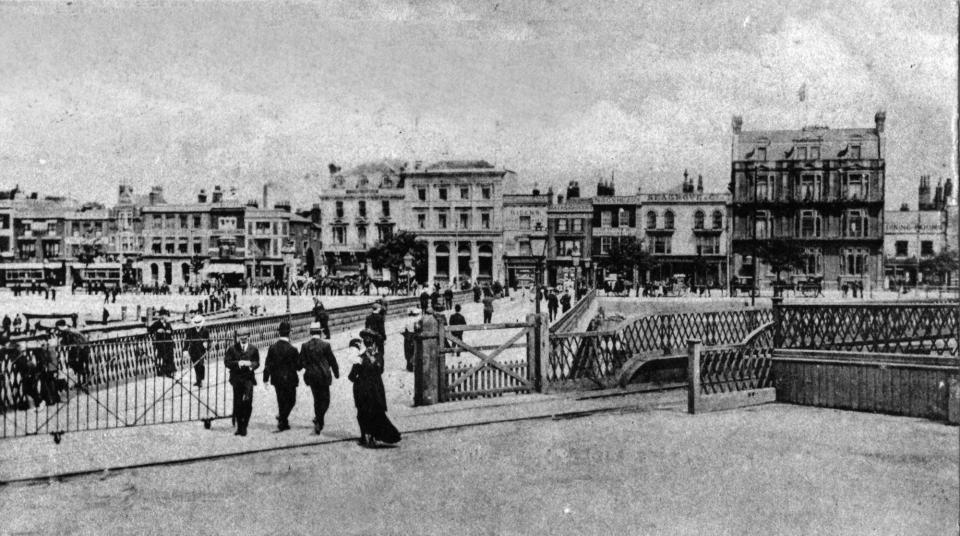

Pier Road approach to the Harbour Station with the line to South Railway Jetty crossing right to left. (Photo: The News archive)
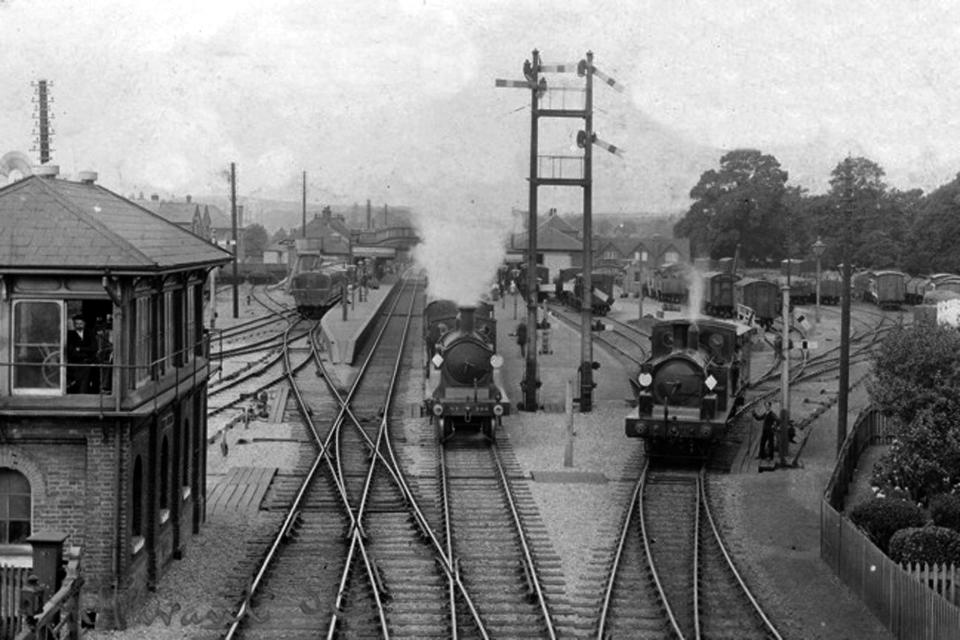

Havant railway station in 1906. Picture: costen.co.uk
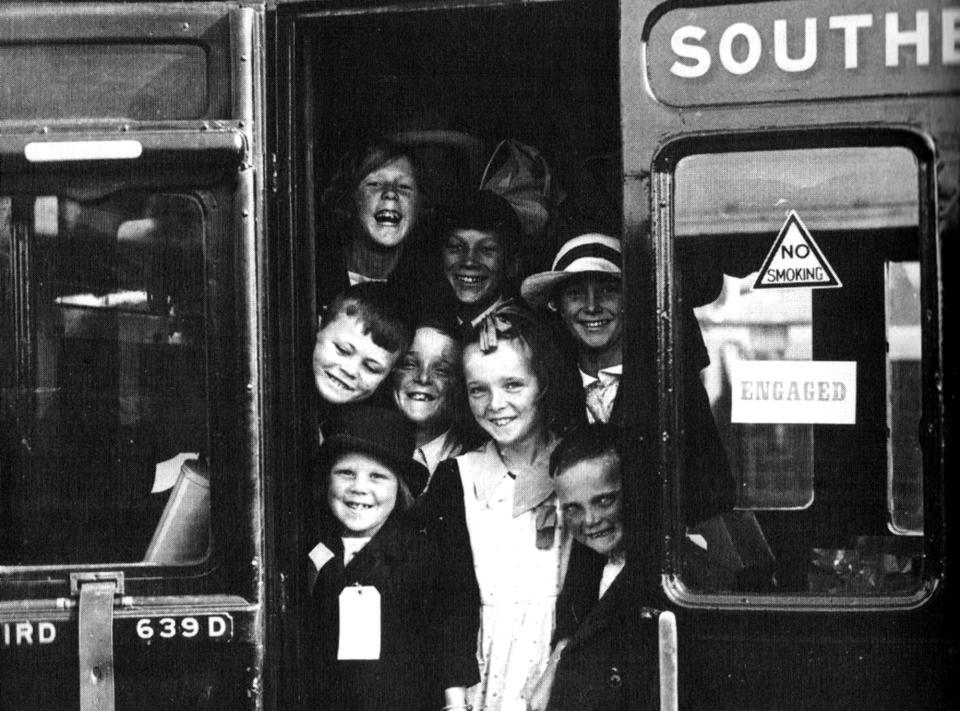

Little darlings evacuated.A scene that would break many a mothers heart as their children were evacuated. It didnt seem to bother the children though.On June 28, 1940, local children were evacuated from the city to the countryside.It was hoped that if there was a raid then the children would at least be safe out of the way of it all.Here we see children in a third class compartment of their train at the low level of Portsmouth & Southsea station.I am sure many a mother broke their heart having to send their children away to strange homes. (Photo: The News archive)
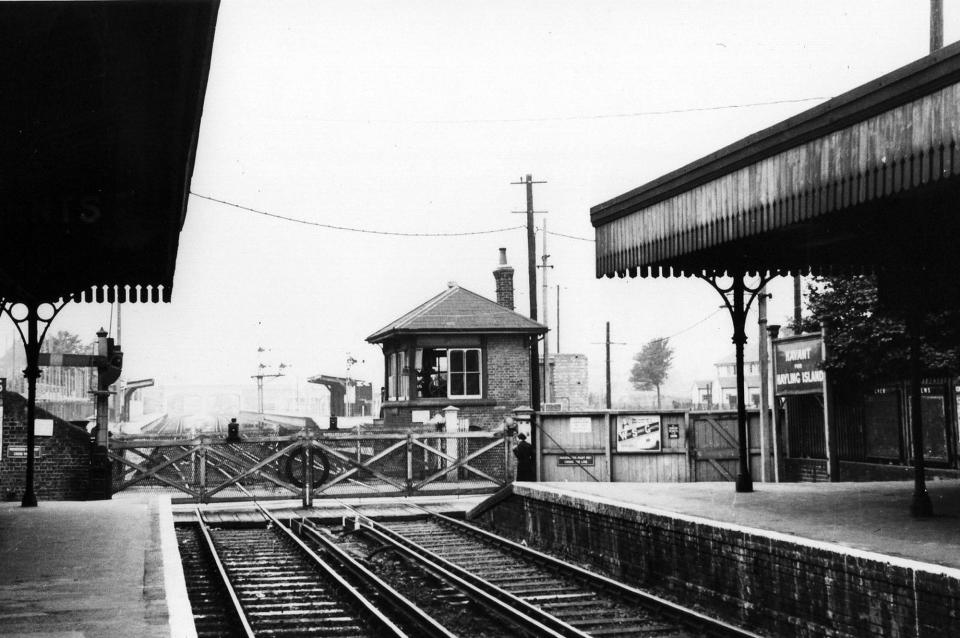

Havant railway station pre 1937With the new station under construction in the distance here we see Havant railway station pre-1937. Picture: Ralph Cousins collection.
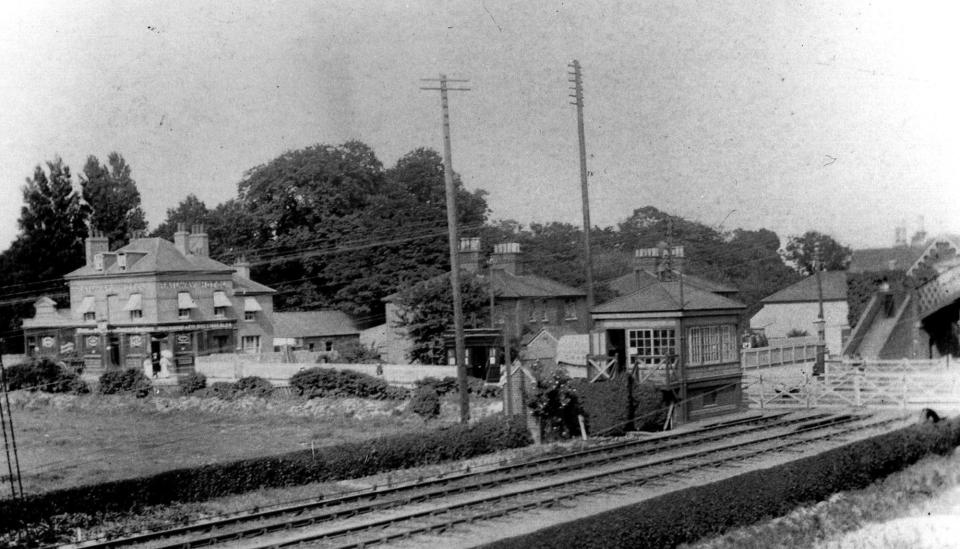

Cosham railway station approach in LBSC Railway days.. Very little remains to be seen today from this picture. The gates are now barriers and the signal box has gone into history as well.The Railway pub is now a block of flats and the goods yard is now covered in houses. Only the footbridge remains.Even the photo cannot be retaken owing to a large block of flats being built in Portsmouth Road where the photographer was standing. (Photo: The News archive)
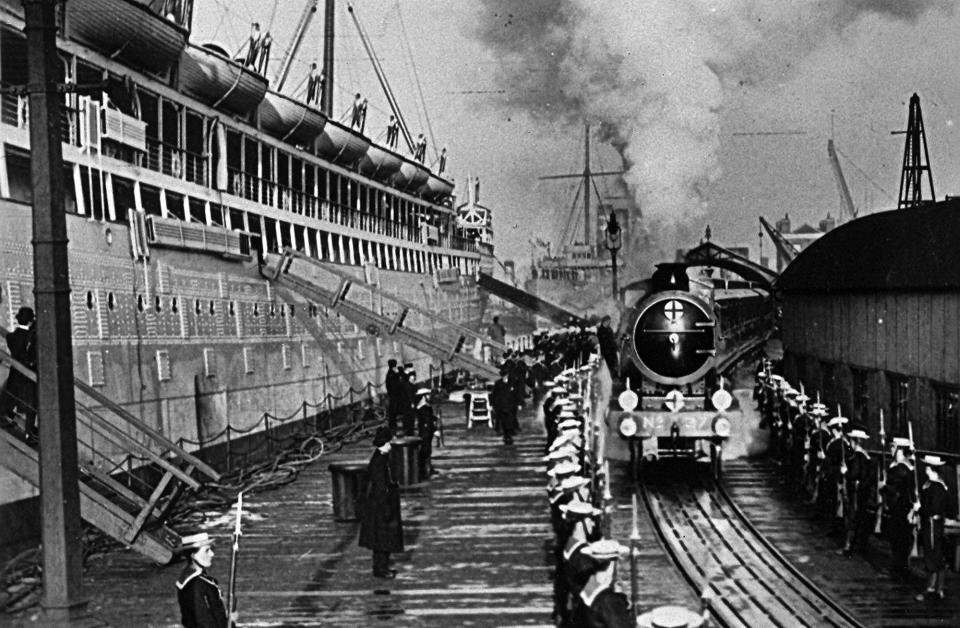

The royal train departing from the dockyard railway jetty in December 1910. This rail link was established from Portsmouth Harbour station in 1879. (Photo: The News archive)
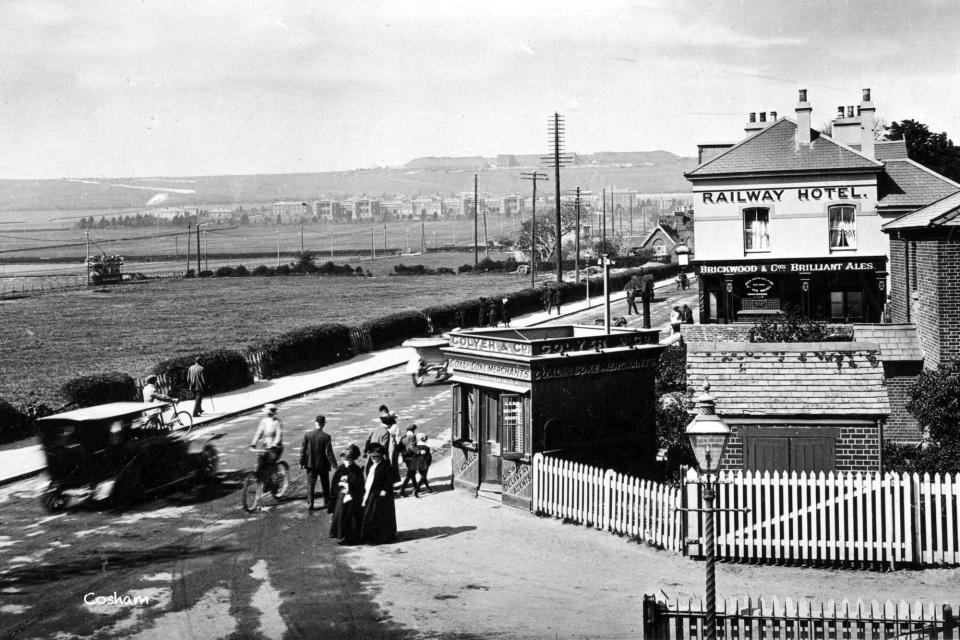

Cosham Raiway looking northLooking north from Cosham railway station towards the Military Hospital and Fort Widley. Picture: costen.co.uk
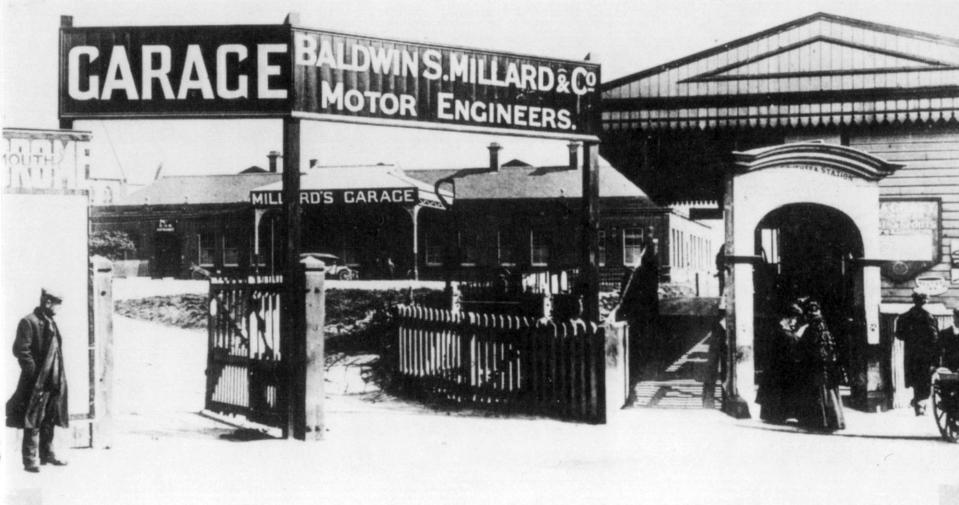

East Southsea Railway Station, Granada Road, Southsea. (Photo: The News archive)
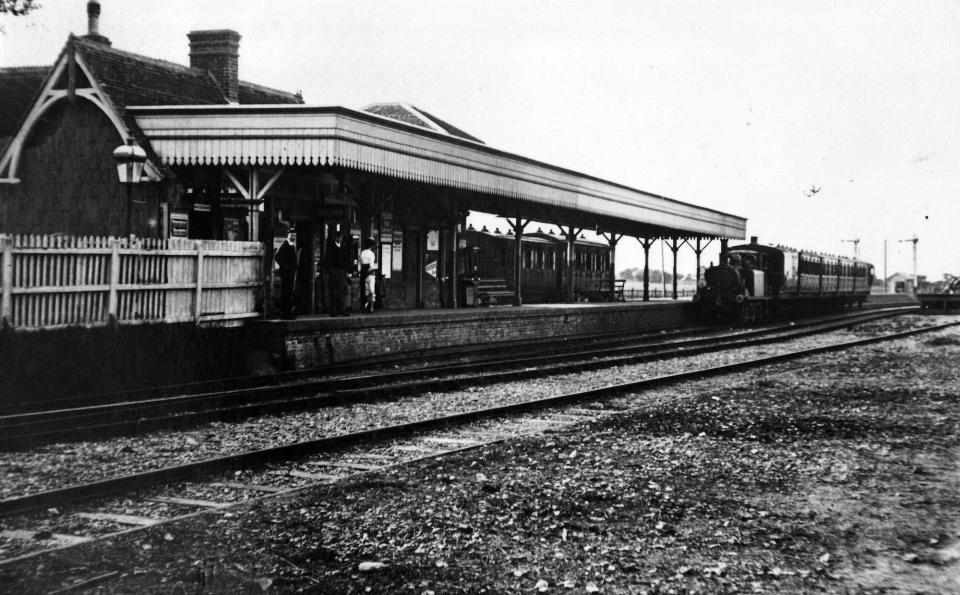

Hayling Island railway station about 1910 (Photo: The News archive)
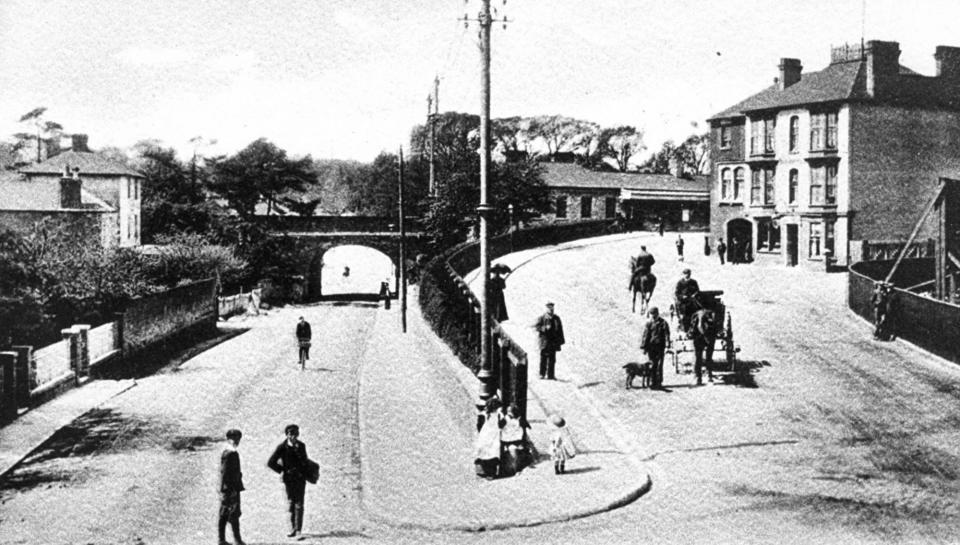

The entrance to Fareham railway station in 1904 (Photo: The News archive)
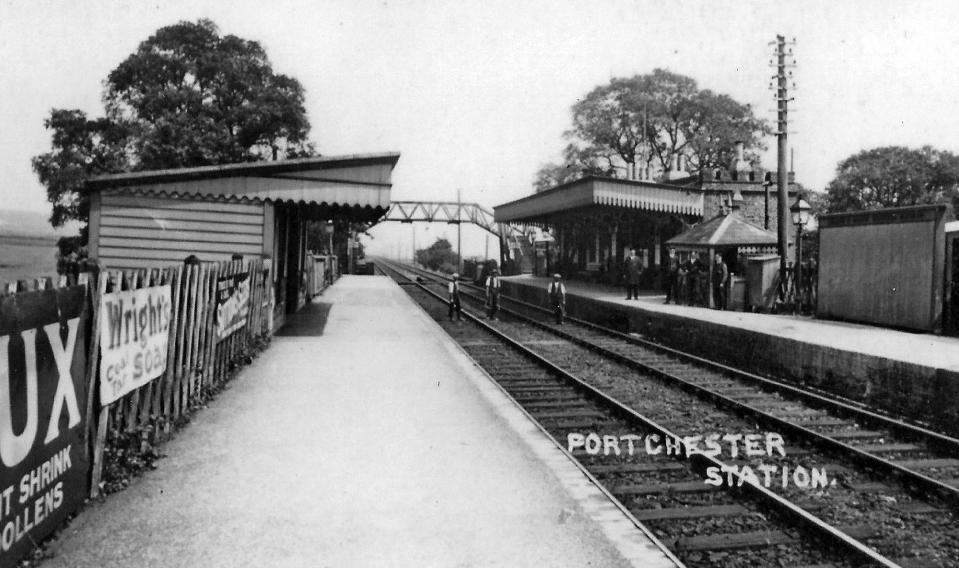

Portchester railway station in pre-electric days.Looking a little ramshackle is a pre-war Portchester railway station. Wrights coal tar soap and Lux washing soap adverts are on view. Picture: Barry Cox collection.
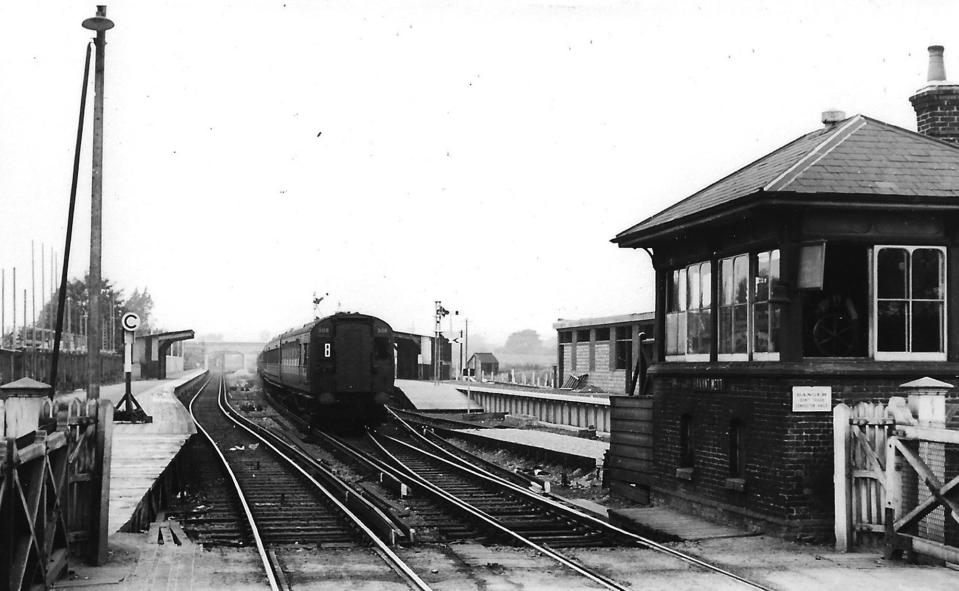

Havant railway station being rebuilt 1937A Waterloo bound train passing through temporary platforms at the west end of Havant station 1937. (Photo: The News archive)
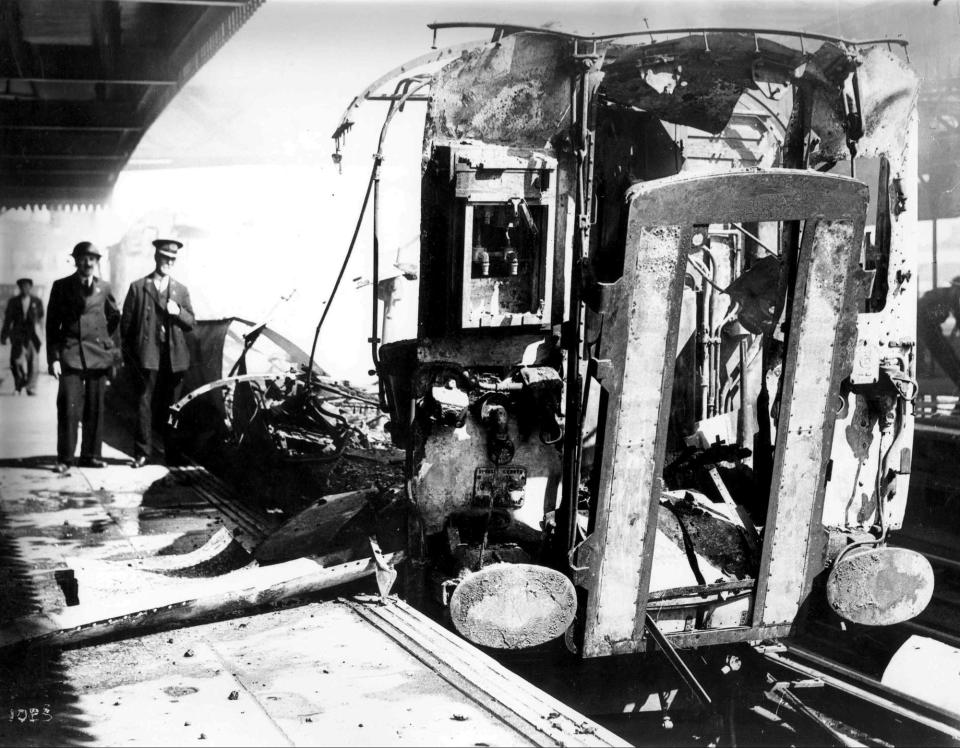

Train damage after an air raid at Portsmouth Harbour Railway Station (Photo: The News archive)